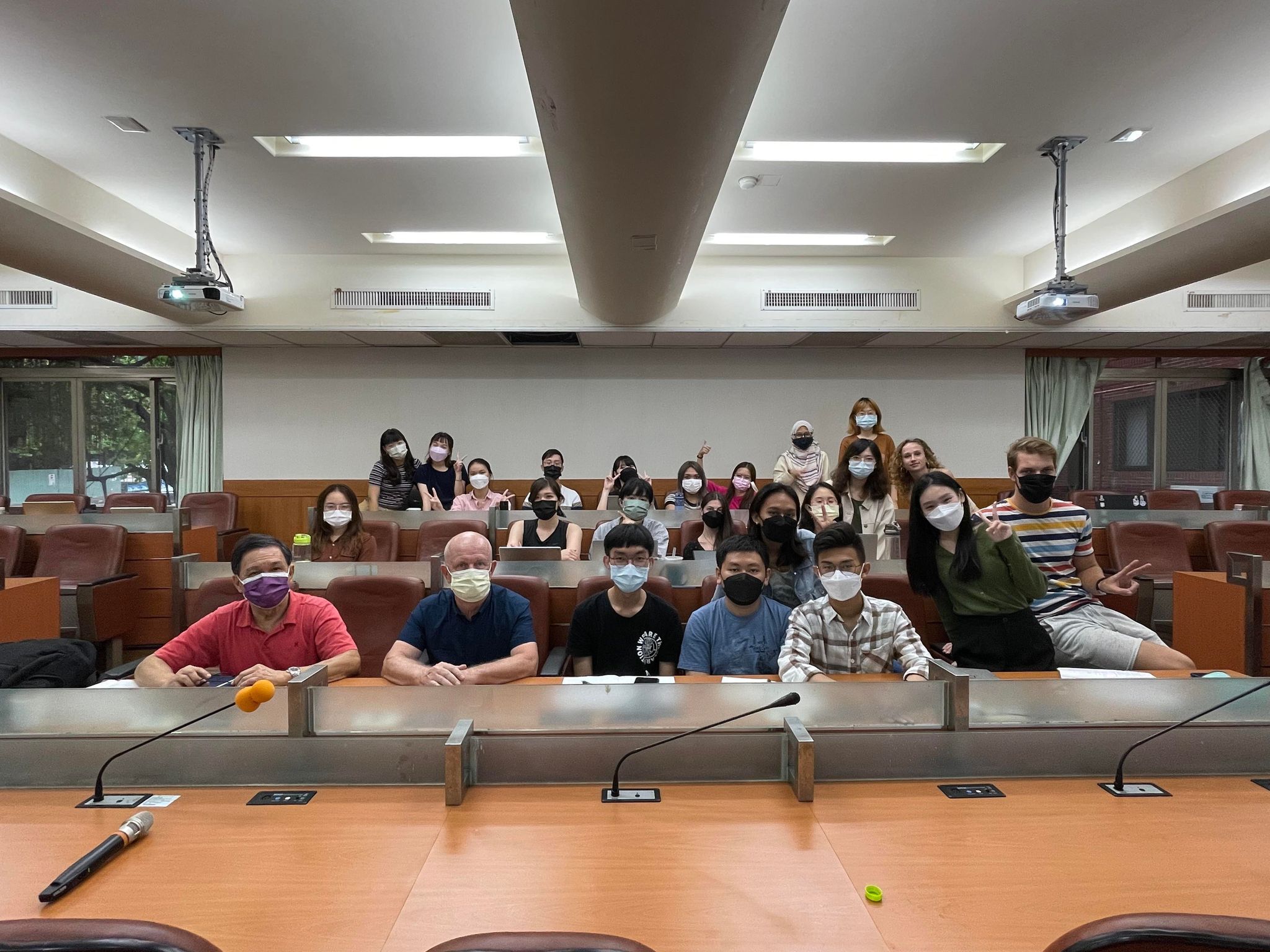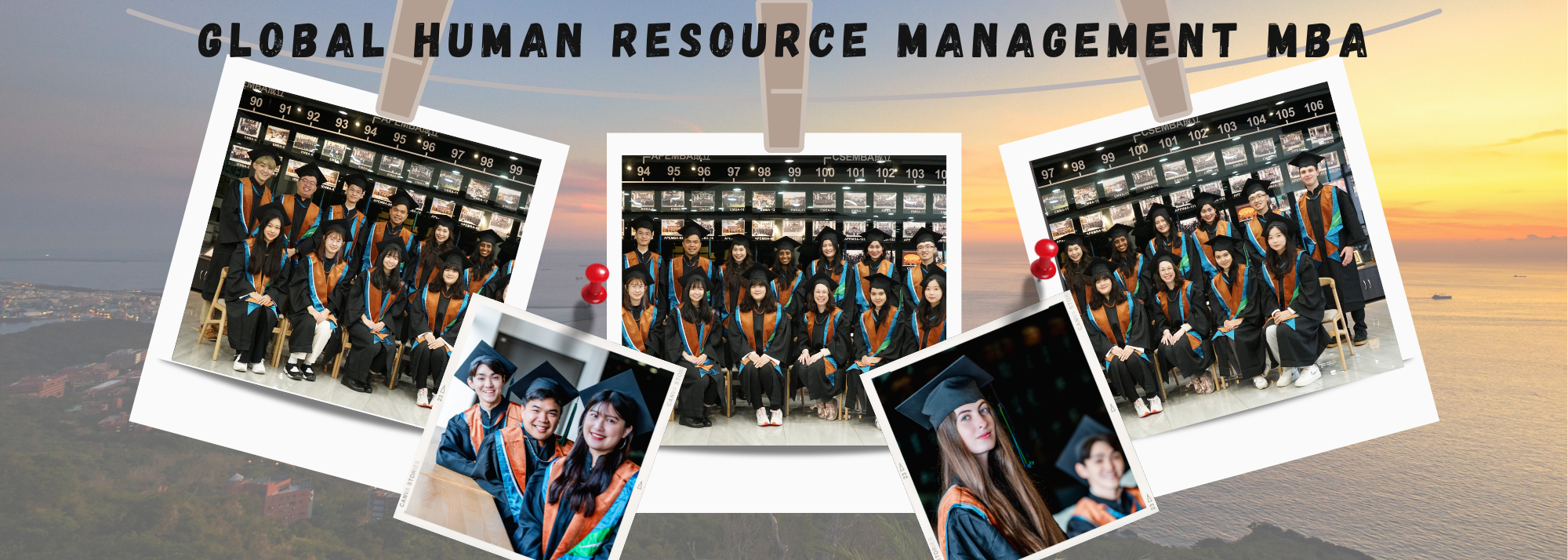《111-1_GHRM502》Making HRM sustainable: Prioritizing employee well-being over profit
On the 17th of October 2022, the Organizational Behavior Class conducted by Professor Jason Huang, under the Global Human Resource Management MBA program, invited Dr. Alex Vanderstraeten from Ghent University, Belgium, as a guest speaker to talk about “Sustainable HRM”. Warming up the class, Professor Alex raised a question, “What is the role of Human Resource Management in organizations?” He offered us the idea that the primary role of human resources is to “obtain good results for the organization”, and raising profits is secondary. Regarding how to bring positive results to the organization, the most obvious thing is "job performance", which reflects the productivity of employees and is the most crucial element to bring positive results to the company. Some key factors could affect employee job performance. It includes leadership ability, management style, highly skilled employees, highly professional employees, etc. In addition, employee wellness is one of the goals of Sustainable Human resources. Whether it's employees' physical health or mental state, it affects the organization at every level. Professor Alex also emphasized that promoting employee health is also the responsibility of human resources managers. From a traditional perspective, safety management and health insurance can be the basis for supporting employee health, but from a sustainability perspective, additional new policies or activities can be designed to promote employee health, such as: providing healthy snacks to employees during break times, setting up a sports center, purchasing ergonomic equipment to create a comfortable work environment, and holding fat loss competition to encourage employees to control their body image. After the lecture, the students also actively seized the opportunity to ask questions to the professor. One of the students, Bertille, a French student studying for a master's degree in GHRM, mentioned that in the professor's lecture, he talked about Google's work ecology as an example. Sustainable Human Resource Management must be based on "creating connections" so that employees can see the organization as a "Big family". As a result, Google has set up leisure facilities such as table tennis for employees to use so that they can achieve self-management and balance between work and leisure. However, this is not the case in France. In France, companies that usually set up such favorable welfare conditions are usually startup companies, to attract more employees to apply for the job, which also implies that the company may give employees an excessive workload and infers that the company would be more pedantic and have an unhealthy ecology. The French people must avoid such companies as much as possible. The professor explained that it is usually difficult for companies operating in such a management style to survive today because, in the era of the information explosion, employees can use some new technology tools or platforms to share their actual work experience and give a warning to those who are interested in applying for the job to prevent window dressing by the organization. Another question was asked by Stephanie Liu, a master's degree student at GHRM. In Sustainable HRM, it emphasizes the need to pay more attention to the physical and mental health of employees and to provide more sports and recreational facilities in the office. It fits into the organization which has employees of Theory Y (have a high sense of self-management, employee engagement, and achieve work-life balance.) However, as the professor said, the young people of Generation Z nowadays are more likely to have a passive work mentality and do not want to do more than the work requires, which tends to be like the employees of Theory X. Wouldn't this action of Sustainable HRM lead to a decrease in productivity? To answer this question, Professor Alex first mentioned that no matter what kind of employee you are, when you work more than 10 hours, your productivity will be lower than when you work seven hours. Because there is a limitation on employees’ concentration. You could imagine the concentration line as a parabola, when the concentration reaches its peak, the subsequent concentration and productivity will only continue to fall off. Therefore, when implementing Sustainable HRM, companies should be more result-oriented and evaluate their employees by their results rather than by the length of their work. As long as the employee can produce the results the company needs, then there is no need to judge how and where the employees are doing their jobs, which is a more efficient management method. After this presentation, the students had a better understanding of Sustainable Human Resource Management and a deeper insight into the current management trends. It is a great honor to have Professor Alex come all the way from Belgium to the Business Administration to give such a lively and exciting presentation and Q&A to the students. We believe these processes will be a great help to the students in their future careers in Human Resource Management.



